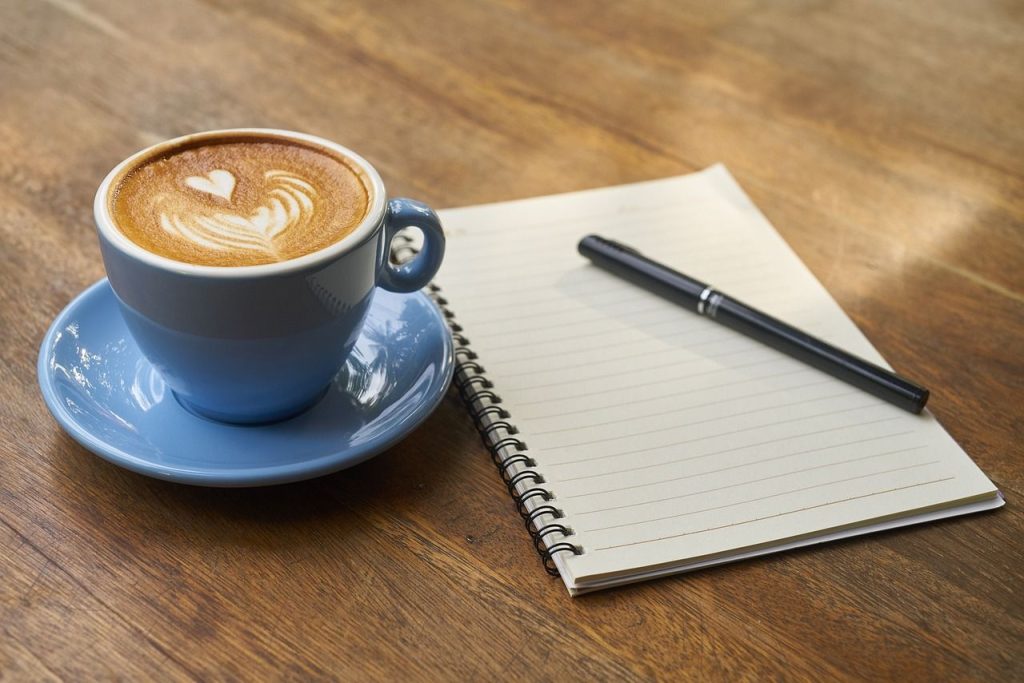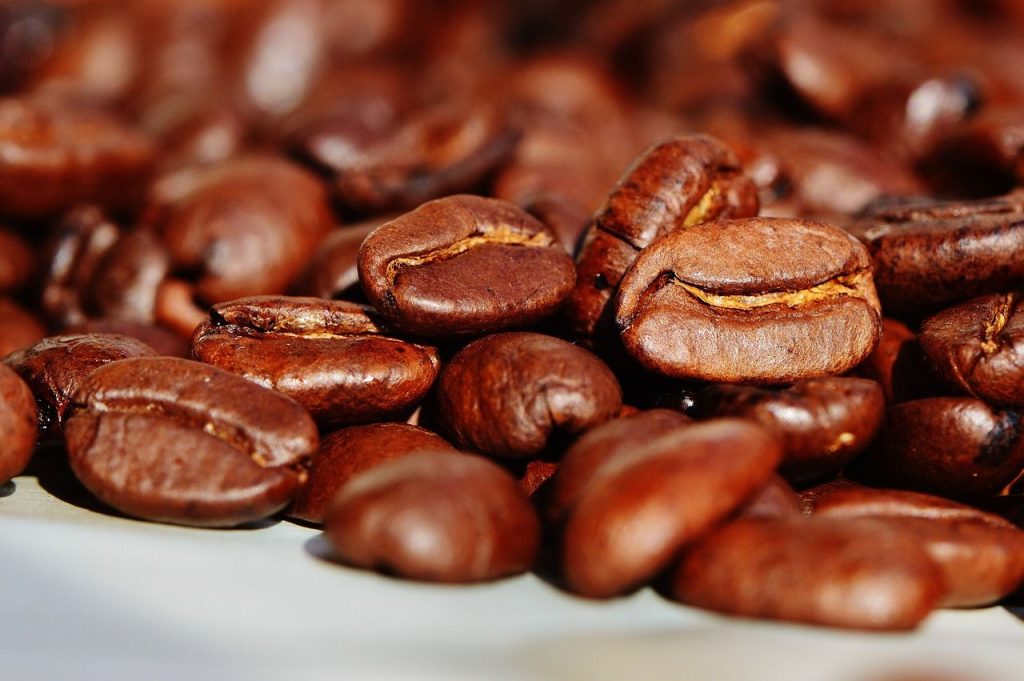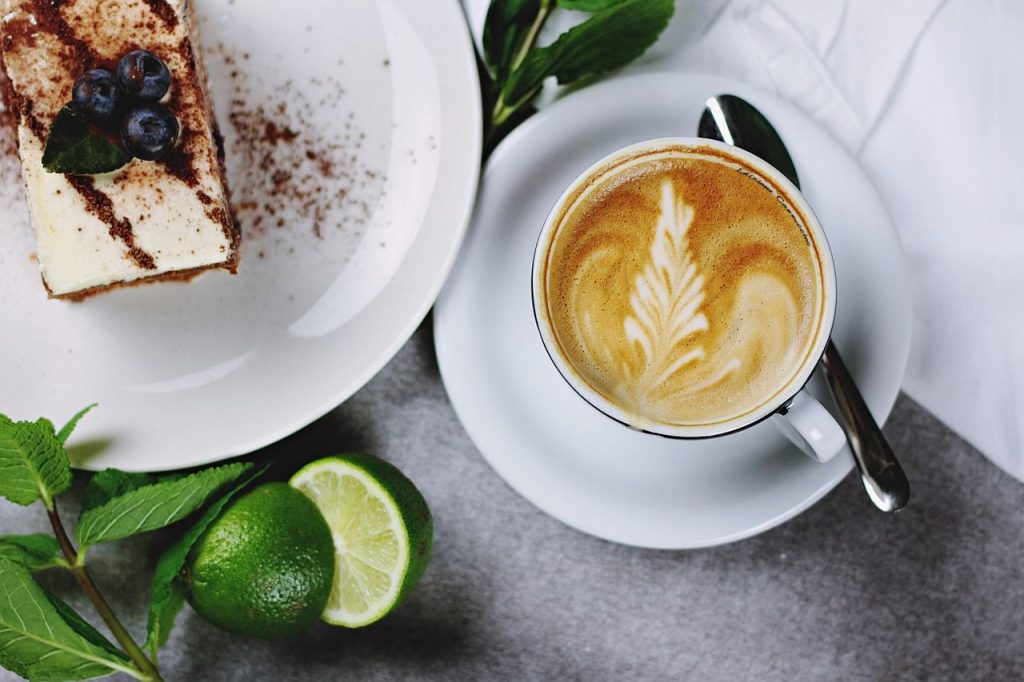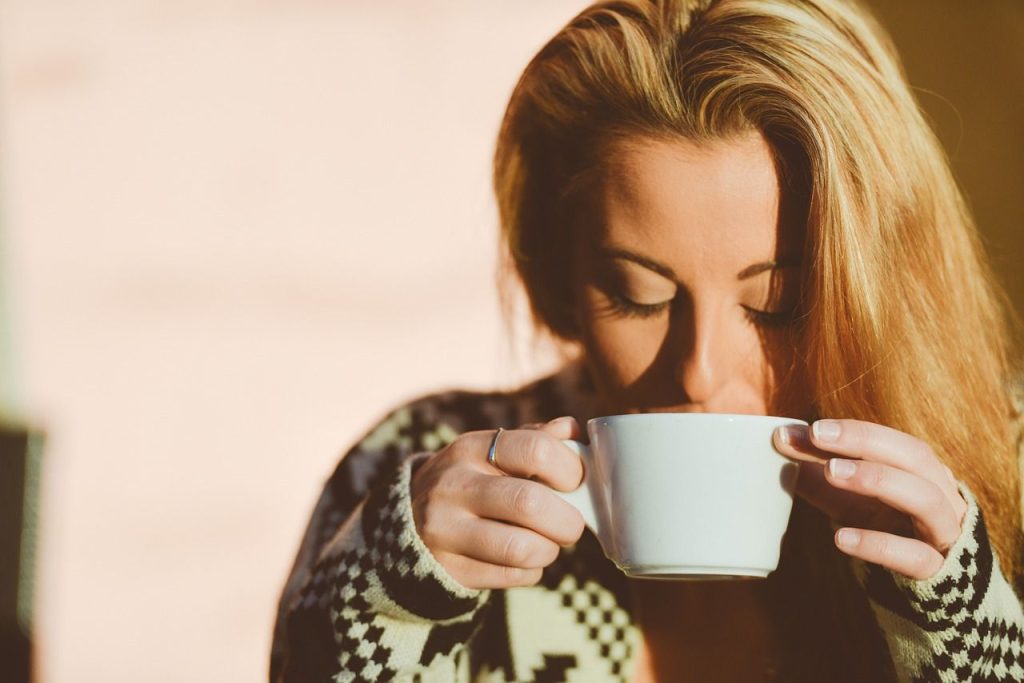Coffee is one of the maximum popular drinks consumed globally. Did there exist one-of-a-kind kinds of espresso based totally on various factors? This article will discuss the major sorts of espresso based totally on foundation, processing method, roast level, and more. Let’s deep dive into the splendid global of coffee!

Espresso
Americano
Cappuccino
Latte
Mocha
Introduction:
Coffee, a loved beverage enjoyed by tens of millions global, has a wealthy history and a numerous variety of flavors. Whether you are a espresso gourmand or just starting to discover the arena of coffee, information the distinct styles of coffee can beautify your appreciation for this caffeinated pride. In this newsletter, we can delve into the diverse kinds of coffee, from the beans used to the brewing methods hired. So grasp a cup of your favorite brew and allows dive in!
Understanding the coffee beans:
Arabica Coffee:
Arabica espresso comes from the plant Coffea arabica
It is considered to have higher taste than Robusta with notes of fruit, nut, spice and chocolate
Arabica espresso makes up about 60% of world’s coffee manufacturing
Popular Arabica varieties include Bourbon, Typica, Cantura, SL-28, Geisha and many others.
Best Arabica growing areas are Latin America, East Africa and Southeast Asia
Robusta Coffee:
Robusta espresso comes from the plant Coffea canephore
It has higher caffeine content material but more potent, greater bitter flavor than

Types by Processing Method:
The processing approach used to transform the espresso cherries into beans additionally determines the final flavor of espresso. Here are some commonplace processing kinds:
Washed Coffee: Cherries are pulped, fermented then dried to create easy, candy tasting espresso
Natural (Pulped Natural): Only the outer layer of cherry is eliminated via moist processing, resulting in fruitier flavors
Honey Processing: A mixture of moist and dry processing to reduce acidity and soften flavors
Semi-Washed: Partial removal of mucilage from cherries that keeps some sweetness
Fully Washed: Entire fruit layer removed, endorsed for delicately flavored varieties
Natural (Unwashed/Dried Cherry): Whole cherries sun-dried to supply ambitious, earthy notes
Types by using Roast Level:
The degree of roast notably influences the flavor and chemical composition of espresso. Here are the not unusual roast tiers:
Light Roast: Roasted for a short time at low temperatures. Tastes brighter and extra acidic.
Medium Roast: Roasted longer at better temps. Balanced and complicated flavor profile.
Medium-Dark Roast: Further roasted for depth and richness in flavor. Less acidity.
Dark Roast: Heavily roasted to broaden more potent body however less acidity and caffeine content.
Some Popular Brewing Methods:
Drip Coffee: Made by way of filtering hot water via floor coffee beans. Easy to make and clean up.
French Press: Coarse ground espresso steeped in a beaker then pressed. Rich and full-bodied.
Espresso: Very exceptional floor espresso compacted with high stress water. Intense and concentrated.
Cold Brew: Coarse floor espresso steeped in bloodless or room temp water for 12-24 hours. Smooth and much less acidic.
AeroPress: Fine ground coffee steeped below stress then slowly pushed thru a micro-filter. Clean taste.
Pour Over: Coffee grounds located in a paper/fabric clear out and hot water slowly poured over. Clear and delicate.

Types by means of Form:
Whole Bean Coffee: Unprocessed beans which might be roasted and floor at home for freshest flavor.
Ground Coffee: Whole beans which can be pre-ground to precise grind length for instant brewing.
Instant Coffee: Soluble powder or granules crafted from brewed espresso extract and vacuum dried. Informal to use.
Liquid Coffee Concentrates: Highly concentrated espresso extract for cold or hot beverages. Portable.
Comparison Table:
Type
Origin/Variety
Processing Method
Roast Level
Taste Profile
Caffeine Level
Arabica
Coffea arabica species, grown in Latin America, East Africa, Southeast Asia
Washed, Pulped Natural, Fully Washed etc. Results in clean, sweet flavors
Light – Medium roast retains acidity and brightness
Complex flavors like fruit, nuts and chocolate notes
Lower caffeine (1% by weight)
Robusta
Coffea canephore species, grown in Central/West Africa
Same processing methods but results in stronger, more bitter taste
Roasted longer results in robust, bold flavors
Earthy, woody notes with higher bitterness
Higher caffeine (1.7% by weight)
Light Roast
Roasted for short time at low heat
Washed, Honey processed etc.
Bright acidity and flavors
Highest caffeine is retained
Medium Roast
Roasted longer at higher heat
Washed, Pulped Natural etc.
Balanced flavors with some acidity
Medium caffeine
Medium-Dark Roast
Further roasted for depth
Fully Washed, Pulped Natural etc.
Richer flavors with less acidity
Lower caffeine than light/medium
Dark Roast
Heavily roasted until darker color
Natural processed
Stronger body but less acidity and caffeine
Lowest caffeine among roast levels
Frequently asked questions (FAQs):
Q1: Which kind of coffee bean is of good quality?
A: The amazing coffee bean is subjective and depends on individual inclination. Arabica beans are more often than not considered to have a more prominent and appropriate flavor profile, be that as it may, a few individuals select the more grounded and encourage acrid taste of Robusta beans.
Q2: What is the contrast between a latte and a cappuccino?
A: The major refinement between a latte and a cappuccino lies in the proportion of drain to coffee. A latte has more steamed drain and a little amount of froth, just as a cappuccino has indistinguishable components of coffee, steamed drain, and foam.
Q. Does Arabica coffee have more caffeine than Robusta?
A. No, Robusta coffee commonly comprises around as much caffeine as Arabica coffee through weight. Robusta has 1.7% caffeine in common, compared to Arabica’s 1%.
Q. Is dim broiling coffee or gentle broiling more prominently caffeinated?
A. Dim-cook coffee has much less caffeine than lighter broils. The broiling machine thought processes misfortune of caffeine substance fabric cloth with longer simmering. So mellow cooks produce more noteworthy caffeine than dark cooks.
Q. Is pour-over coffee more grounded than dribble coffee?
A. Not more often than not. Pour-over permits additional control of soaking time and produces a purifier container, but dribble furthermore makes a remarkable and significant container of coffee. Quality is predicated more on bean varietal, crush length, and proportion of coffee to water utilized.
Conclusion:
Exploring the distinctive types of espresso may be an exciting adventure packed with new flavors and brewing techniques. From the wonderful traits of Arabica and Robusta beans to the array of espresso-based total beverages and brewing techniques, there may be something for every espresso lover to experience. Whether you decide upon the ambitious depth of an espresso or the creamy indulgence of a latte, information about the various styles of coffee can enhance your coffee-drinking experience. So, go ahead, test with exclusive beans, try out numerous brewing techniques, and appreciate the pleasant world of coffee. Cheers!


























+ There are no comments
Add yours